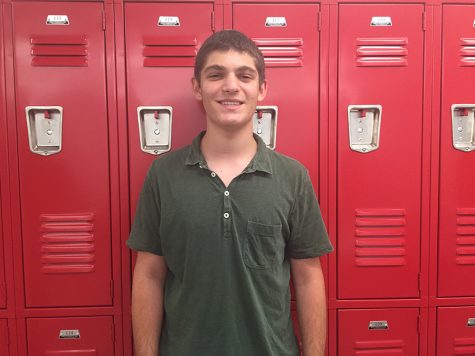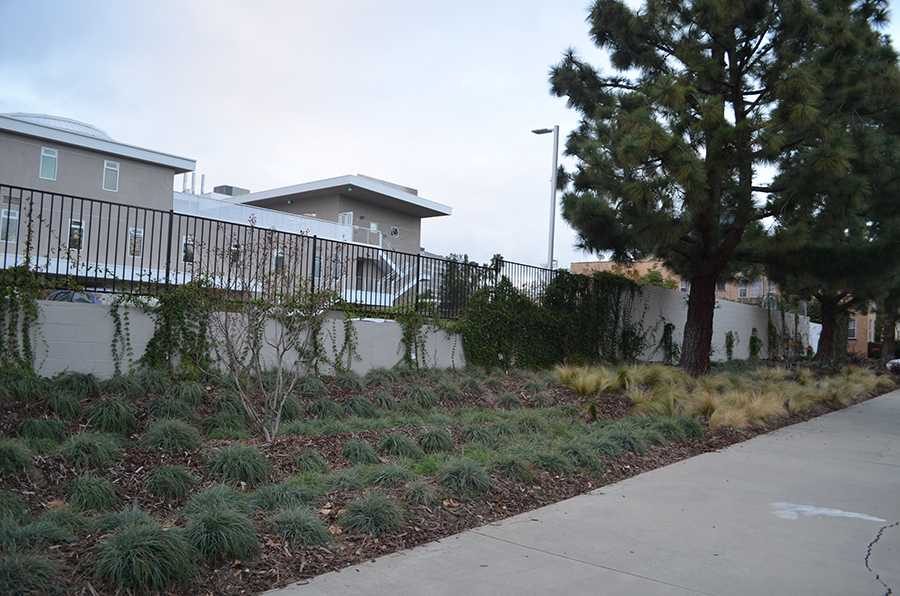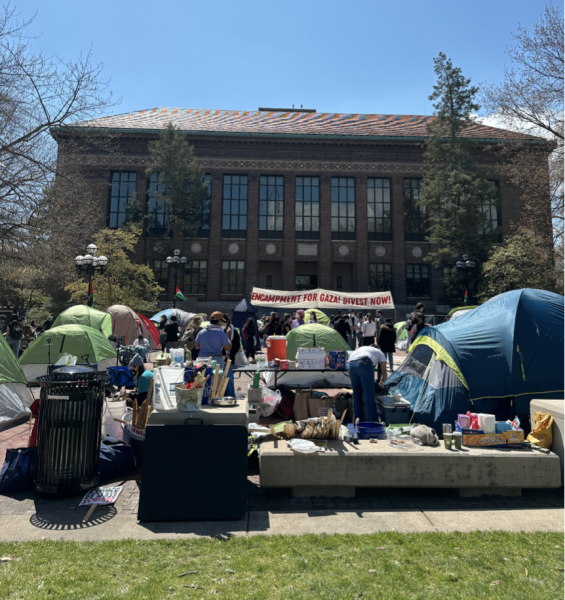Water work: School adjusts landscaping and kids take shorter showers
PRETTY: New landscaping behind the school features grasses and an irrigation channel.
About 20 percent of Shalhevet students say they have personally changed their habits because of the California drought, and nearly half say their families have made at least some changes.
In a Boiling Point Poll of 74 Shalhevet students on Dec. 23, 35 said their family had made changes in the way they use water because of the drought, and 14 people said they’d made changes themselves.
Of those, 39 percent are taking shorter showers. Some are also turning off the sink while they brush their teeth.
The most common things their parents have done, they say, is reducing how often they water the lawn.
Executive Director Robyn Lewis said the drought was also considered in designing the new building.
“The one major installment that we made was building low flow water toilets and no water urinals,” Mrs. Lewis said.
“We also chose low water plants, and a lot of them are succulents, which are located at the front of the school. At the back of the school, there are grasses that require very little water.”
Mrs. Lewis, who is responsible for most of the design elements of the building, approved of the way they look.
“The drought resistant plants just look very pretty and there is no reason to get plants that need more water,” she said.
California’s historic drought led the state legislature to mandate a 25 percent water reduction, causing water agencies to raise prices for those who use too much.
Recent winter rains, which may become stronger than usual due to the weather pattern called El Nino, could dampen students’ enthusiasm to conserve. But the poll showed they seemed to realize that even record rainfall this year would not overcome the long drought’s effects.
In the poll, out of the 53 students who said they’d heard of El Nino, 35 agreed with a statement saying that El Nino would not solve the drought crisis.
California needs 58.2 inches of water over a two-year period to replenish the state’s water supplies and ovecome the drought, according to Joseph Reichenberger, a professor of civil engineering at Loyola Marymount University who specializes in water management. That would mean record rainfall for two years straight, he said.
“While El Niño may be coming, we still have a long way to go, and we need to be mindful of our water use and use it wisely and efficiently,” Mr. Reichenberger said on the Loyola Marymount website.
Science teacher Ms. Amy Sirkis said that much rain could cause other problems.
“There are positives and negatives to El Nino,” said Ms. Sirkis. “The positive is that we’ll get rain which we desperately need, but the negative is that the ground is so dry that it could ultimately create mudslides.”
Science Department Chair, Dr. Noel, says people should prepare for the rain.
“In January, February and March there will be very intense periods of rain,” Dr. Noel said. “Buy your rain-boots, an umbrella and a little poncho.”

Zev Kent is a senior at Shalhevet and is the Senior Editor and Features Editor of the Boiling Point. Over the past three years, Zev has written many articles for the Boiling Point about sports, community, and outside news. In addition, he did play-by-play for the Boiling Point broadcast of the Steve Glouberman Basketball Tournament.










